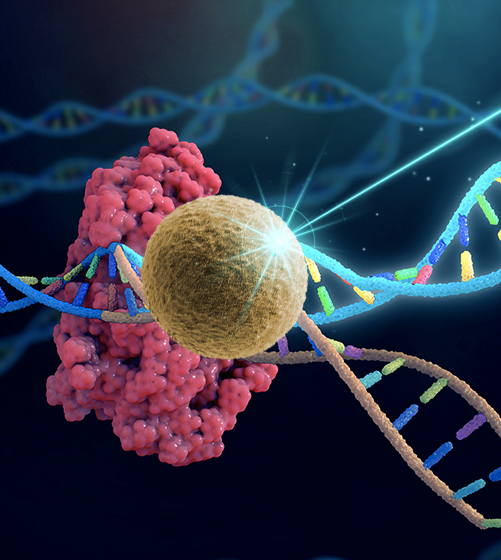
OVERVIEW
Although CRISPR/Cas9 and enzyme-based editors hold promise for genome surgery by erasing harmful mutations while rewriting them in helpful ones, they still face critical barriers related to safety. Here, we propose a new concept of genome engineering based on nanotransducers (NTs), aiming to make previously impracticable applications of genome editing and transcriptional regulation by Cas9 safe. This methodology relies on the laser activation of a NT, which triggers consequently a thermo-switchable DNA double strand break or cleavage. The proposed technology implements a concept of multi-input AND gates, where the output (gene editing) is true only if multiple inputs are true at the same time (e.g. NT activation and recognition of 2 different loci). Indeed, the dream of the unique recognition of a specific genomic target from any potential off-target, given in the 3 billion base pairs of human genome, could be achievable.
I-GENE PRINCIPLE
The superiority of I-GENE technology over current methodologies lies also in its multi-functional integration (when-where-if functions integration), i.e. integration of the time function (editing only when the laser is on), the spatial function (editing only there where the laser is focused on) and the fidelity function (editing only if on-target). Overall, this approach combines a temporal control of single cell editing with an absolute safety level, providing effective genome editing for biotechnological and therapeutic applications. In the presented project, proof of concept studies will be performed in non-mammalian zebrafish embryos for technology optimization. Subsequently, the therapeutic potential will be further validated in a murine model of melanoma. I-GENE technology would thus push the boundaries for efficient and reliable approaches to introduce precise, targeted changes to the genome of living cells, the longstanding and main goal of gene therapy and biomedical research.

